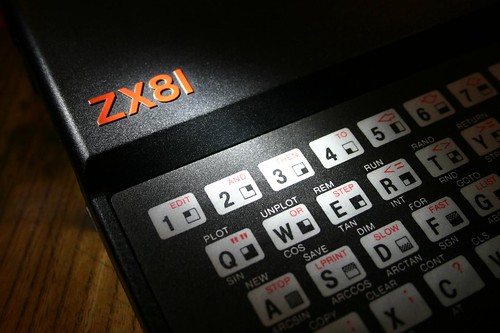Defining science is never easy:
“If it squirms, it’s biology; if it stinks, it’s chemistry; if it doesn’t work, it’s physics; and if you can’t understand it, it’s mathematics.” Magnus Pyke
“Scientists are people of very dissimilar temperaments doing different things in very different ways. Among scientists are collectors, classifiers and compulsive tidiers-up; many are detectives by temperament and many are explorers; some are artists and others artisans. There are poet-scientists and philosopher-scientists and even a few mystics.” Peter Medawar (Pluto’s Republic, p. 116).
I needed to go back and look at the meaning of science for an article I am writing and besides the formal definition I came across two quotes that I like. The formal definition is something like this: Scientific knowledge is proven knowledge, arrived at in some rigorous manner, untouched by personal preferences and opinions. This rigor and lack of objective knowledge makes scientific knowledge more dependable than the alternatives.


